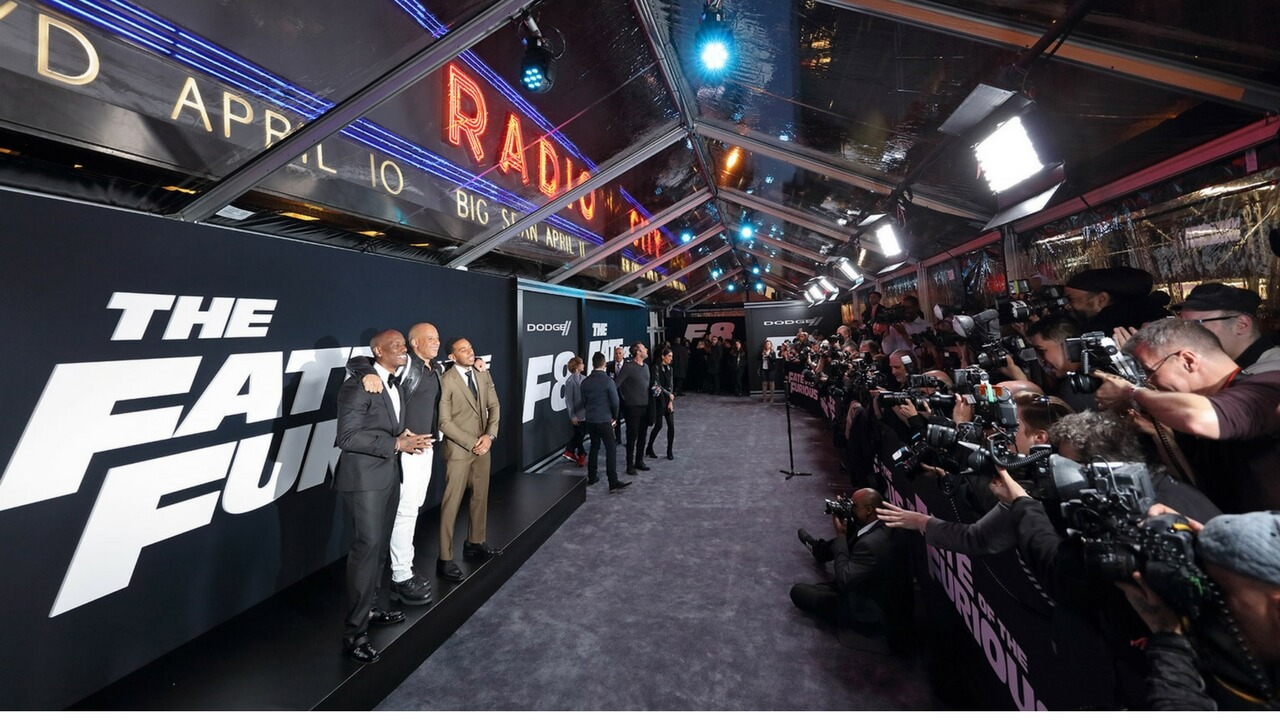Upgrading Mobility Control Efficiency Using Advanced Visualization Screens Utilization within Traffic Management Facilities
Wiki Article
Road coordination is vital for the efficient flow of automobiles and commuters in city zones. With increasing residents and more vehicles on the highways, municipalities face significant obstacles in upkeeping efficient transport networks. One innovative solution to improve road control is the implementation of digital walls in operations facilities. These advanced screens provide real-time data and imagery that can improve decision-making and reaction speeds for traffic operators.

LED display walls display a selection of data, including instant road situations, accident reports, and meteorological data. By leveraging bright and high-resolution visuals, these screens enable for road control teams to observe traffic flow instantly. For example, if there is an collision on a major roadway, operators can detect the site and extent of the obstruction immediately. This empowers them to dispatch emergency services rapidly and inform commuters about detours, alleviating traffic buildup and improving straight from the source protection.
Moreover, digital walls facilitate the merging of diverse information streams into one comprehensive view. Operations facilities often collect intelligence from surveillance systems, sensors, and online updates. By consolidating this information onto a expansive digital display wall, operators can obtain a complete understanding of the urban transport flows. This integrated strategy supports recognizing patterns across periods, enabling more effective long-term coordination of road improvements and signal systems.
Moreover, these modern panels can be employed for civic information-sharing. Cities can broadcast important information to the public through digital panels at operations facilities, such as lane shutdowns or construction updates. This communication helps keep the public informed and encourages drivers to plan their routes appropriately. When commuters access up-to-date updates about their journey status, they are motivated to take secondary roads that reduce general congestion.
Ultimately, implementing LED walls into traffic management control centers offers numerous benefits that strengthen performance view and protection on our highways. The capability to monitor instant information enhances reaction speeds to events while also supporting long-term planning efforts. Moreover, timely messaging with the community through these screens promotes a more aware driving experience. As cities continue to grow, leveraging cutting-edge systems like digital walls will be crucial in managing urban mobility successfully and guaranteeing safer urban environments for everyone.